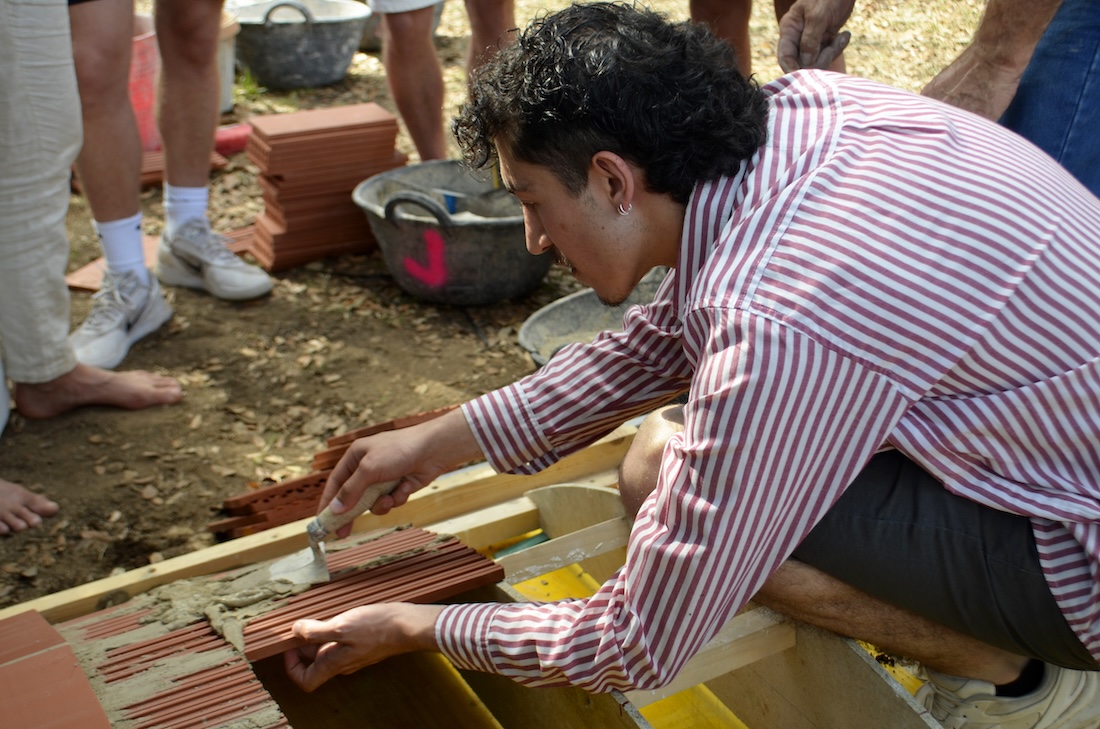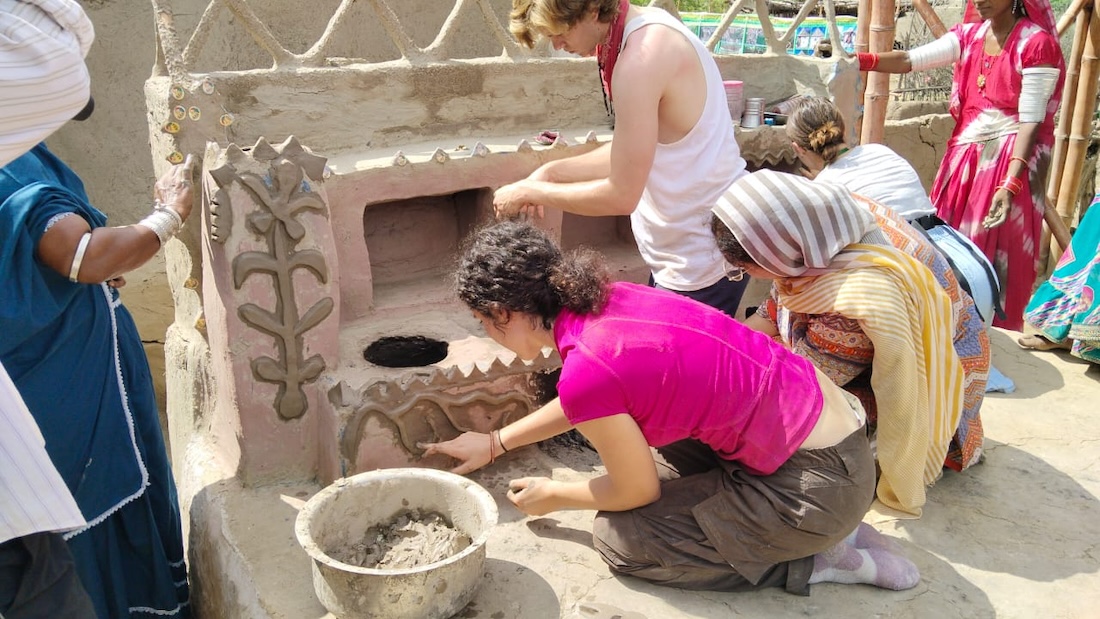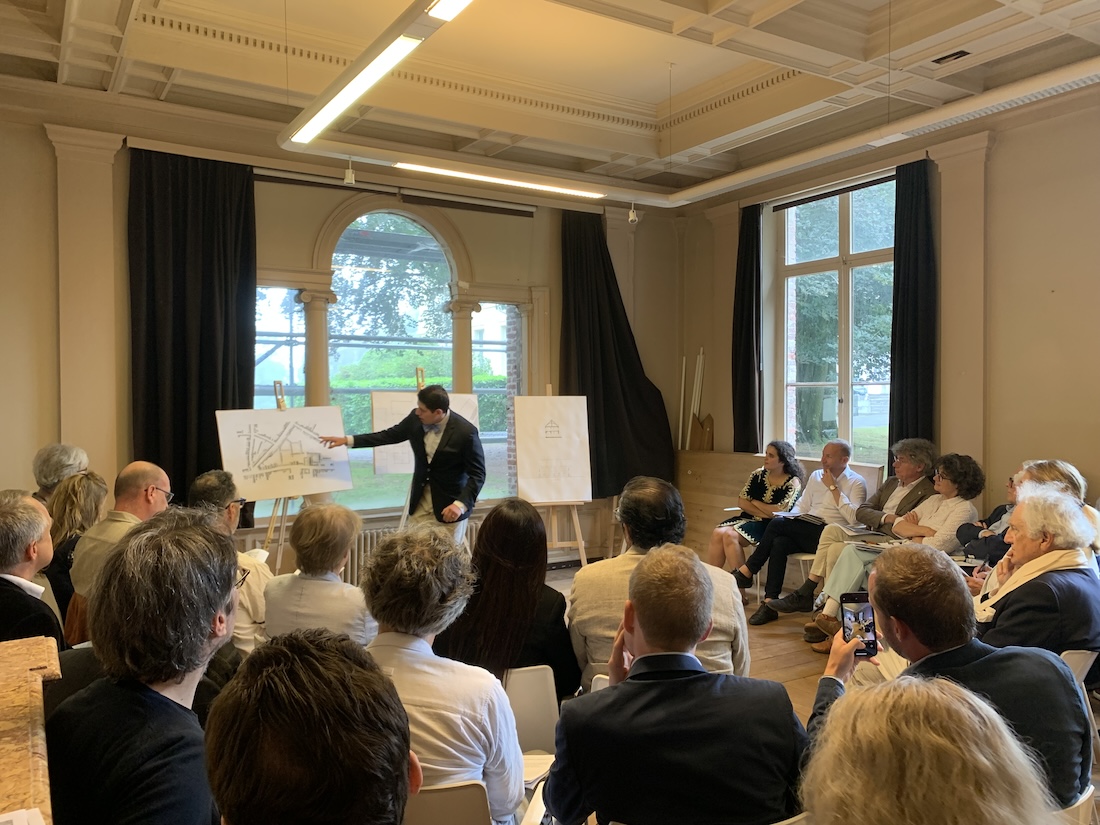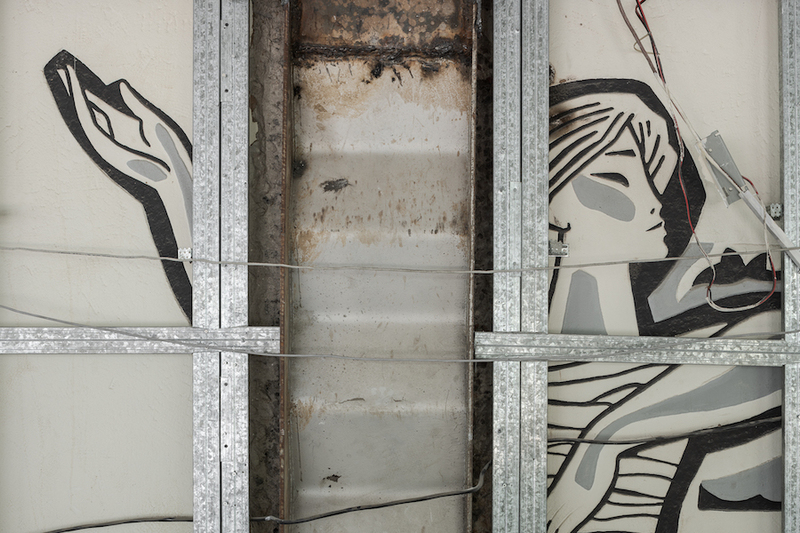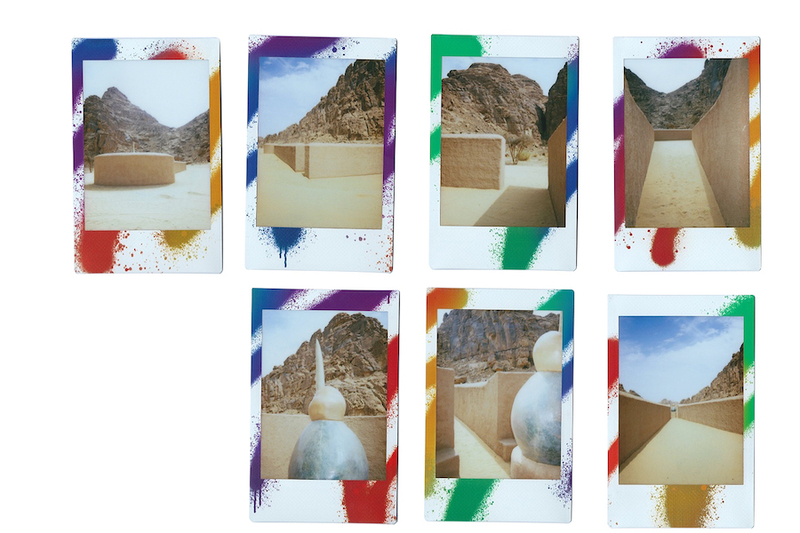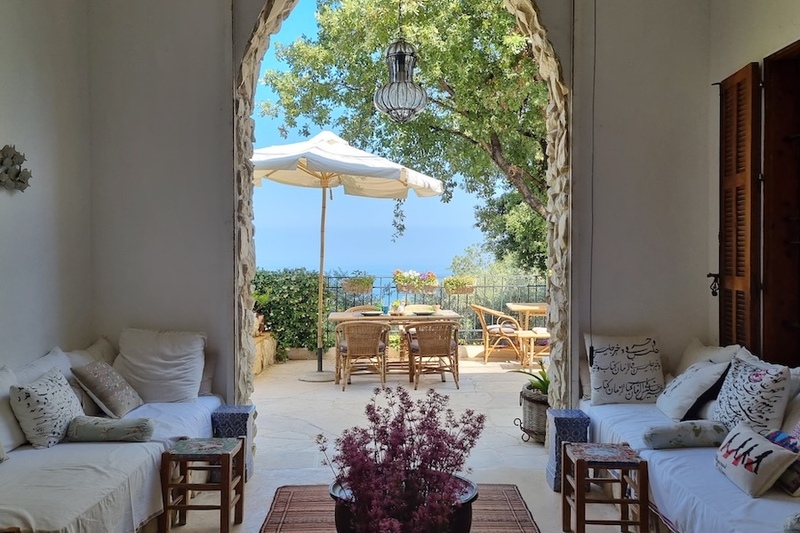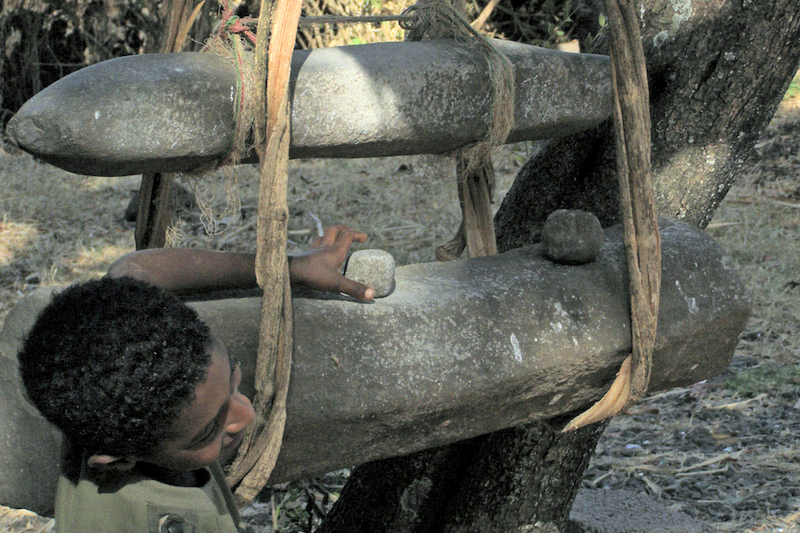Right: Catalan vault workshop during the 2023 Rafael Manzano Summer School in New Traditional Architecture by INTBAU Spain and INTBAU Portugal. Barcelona, Spain, 2023
Photo by Guillermo Fdz Gi
How does tradition allow—and require—change? The International Network for Traditional Building, Architecture & Urbanism brings together individuals and institutions dedicated to the promotion of humane and harmonious approaches in urban development and placemaking. Through their vast network, the INTBAU researches historical cases, educates stakeholders about the relevance of traditional practices, and supports new initiatives. EastEast spoke with Harriet Wennberg, the organization's Executive Director, about their mission, global chapters, and future plans.
In INTBAU’s mission, tradition is an element that can connect people globally. Tradition is one of those very rare things that allows for and requires change—but a change grounded within continuity. I think change and continuity are two of the most powerful forces that exist in the world and that people measure their lives by. Obviously, there are traditions in terms of customs and things we do. But tradition as applied to architecture creates the places where we exist. It means being rooted and having that sense of identity.
We see a good example of this in Georgian London where houses had much larger plate glass sash windows than ever before. That could happen because suddenly a lot of coal was made available and people could have fireplaces to keep warm inside while having the heat leave through the windows. Now this doesn’t really work. They are beautiful buildings, but that amount of heat loss and that kind of reliance on fuel to warm them is not really sustainable. So, an architect needs to think whether they can keep that design of window but experiment with double or even triple glazing without ruining the look. It’s always about responding to the factors of climate and context.
If the climate and the context are changing, then architecture needs to change to adapt to fit that
Some of the practitioners respond to tradition as an aesthetic, as something which creates places that are nicer to be, that are more beautiful and more in harmony with surroundings. For others, the interest in traditional architecture is related to the environmental consciousness. They understand that the ways of building that used to exist locally still have something to offer now in terms of adapting to climate and context. Which is by no means to say that all traditional architecture is just inherently sustainable and low carbon, because it isn't. A building may look traditional, but have a lot of concrete, steel, and glass going into it, either due to its design or conforming to the code. Obviously, the style and the substance should come together.
Education matters a great deal for students who aren’t getting the exposure to those subjects as part of their formal education. As well as for practitioners who look for continued learning and experience. We have summer schools hosted by our chapters in the Netherlands, Belgium, Spain, Portugal, in Australia, and hopefully in the near future, in France and Italy. They have amazing programs and are very well received and respected.
We also run workshops that are more hands-on. At the moment, we are planning a series of those in Pakistan. They will focus specifically on work with bamboo, earth, and lime. Local communities will be part of these workshops too.
Right: Bruges Summer School of Architecture "Crafts, La Table Ronde de l’Architecture" host to INTBAU. Belgium, 2023
INTBAU Spain is hugely active now and does a series of really brilliant initiatives, many of which are conducted in the memory of the late Richard H. Driehaus. INTBAU Belgium is tied to La Table Ronde de l’Architecture and headed by Nadia Everard: she has more energy than anyone I’ve ever met, doing about 600 events and activities every year, including a major summer school. INTBAU Netherlands, with their summer school, and INTBAU Pakistan, because of the workshops that are there, as well as INTBAU Australia are very lively too. It’s quite a long list.
And then, even if a chapter isn’t doing lots of activities at the moment, there are people who contribute a lot to the network and to how it runs, like Tomasz Jelenski from INTBAU Poland who is a trustee of INTBAU and the Chair of our College of Chapters.
We see more and more people feeling that, whether they are an architect or not, they have the right to use their voice, to speak out
Just this year, we’ve been able to launch two grants programs. One of them is a small grant for Chapters specifically, with which we hope to support the ones that are already really well up and running as well as some that are just getting started. INTBAU Mexico, for example, is quite a new chapter, but they have lots of ideas.
Over the course of more than twenty years of history, each chapter has had at least one moment of being particularly active. At the moment, a lot of interest in establishing new chapters is coming from the emerging generation of practitioners and also from just concerned citizens. We see more and more people feeling that, whether they are an architect or not, they have the right to use their voice, to speak out.
Speaking of education, we will have summer schools running again this coming year. We’ve also got another workshop in Pakistan coming up at the end of January. So that will be a good lot of programming, including the existing summer schools and also hopefully adding some new ones to the mix, potentially in Alsace and Burgundy in France and in Noto in Sicily.
On the research side, we hope that the convention coming up in Doha in early December next year is going to be a very good reason to commission interesting new pieces of research on traditional architecture and urbanism that are needed and don’t yet exist. Also, we are trying to make better use of our website and other platforms to publish research by members of our network. Our chapter in Spain publishes the Journal of Traditional Building Architecture and Urbanism each year. It’s got four editions now and the fifth will come out in November next year.
Bellow: 2023 Bruges Summer School of Architecture "Crafts, La Table Ronde de l’Architecture" host to INTBAU Belgium
On the grassroots side, there are small grants that we have just launched this year. They are open to anyone anywhere in the world with a good idea that is focused on local traditions of building architecture and urbanism and how to make those more relevant today. We’ll be giving the first of those in February 2024, and then we’ll watch with interest as the work we are supporting happens. There will be a lot of very interesting stories and case studies coming out of it and we will give more grants again next year, as the process will repeat on an annual basis.
And then on the advocacy side, part of our focus is going to be on post-disaster reconstruction, just because there’s such a great need for that now. We are planning a two-part conference on post-disaster reconstruction in partnership with the Cambridge Centre for the Study of Classical Architecture and the Axel and Margaret Ax:son Johnson Foundation. The first half is taking place in May 2024, at the University of Cambridge in the UK, and the second half is scheduled for September-October at the Engelsberg Ironworks in Sweden.
The projects are all aimed at making us think: what lessons have we learned from historic precedents? What lessons have we really not learned? What are we doing well at the moment as a global community and what are we really not doing well? What role could local traditions of architecture and urbanism play in rebuilding? How can these traditions adapt and evolve in order to be better suited to what might now be more powerful earthquakes or more consistent floods?
Sometimes tradition develops slowly over time because it’s the accretion of lots of different people’s actions and efforts. But sometimes, I guess, just like with evolution, you need it to take a bit of a leap.
Images provided by the authors

